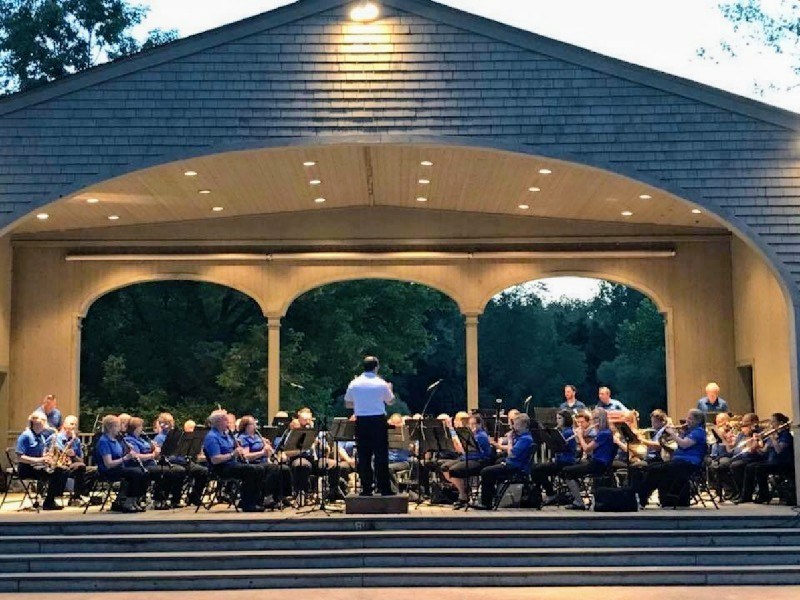Exhibition: ‘Taking Space’ Proves its Mettle at PAFA
Hope Gangloff’s “E. Starbuck”
“Taking Space: Contemporary Women Artists and the Politics of Scale” has been up for a few months at the Pennsylvania Academy of the Fine Arts, though many museum-goers have yet to venture out for a post-pandemic exhibition. This one is worth the effort. While “Taking Space” may appear to be another show of women’s art and familiar feminist tropes, it carves out its own trail, delivering a provocative message — with scintillating, often large-scale works.
Combining paintings, sculpture, photography, and installations, its genesis came from the 1970s experience of a Philadelphia art student (and now-acclaimed photographer) Deb Willis, who was told by a professor that she was taking the space better allotted to a male student. “A good man could have been in that space,” he sneered.
That sounds appalling in 2021, but 45 years ago, was probably not that uncommon and reveals the show’s basic precept: while it’s hard enough to sustain a career in the arts, it’s substantially more difficult to be a woman artist. The institutional and social barriers against women artists are real and often intractable. “Taking Space” — curated by Jodi Throckmorton and Brittany Webb in PAFA’s Samuel M.V. Hamilton Building — deals with that topic head-on. As evidence, a rapturous full nude by the 20th-century iconoclast Alice Neel (“Claudia Bach Pregnant,” 1975) is about as head-on as you can get.
“Riding Places,” Elizabeth Colomba
Another is Clarity Haynes’ portrait “Janie,” a large oil detailing the unclothed upper-torso of a heavyset woman and part of a series. It would have shocked us in another era, yet today it’s hard to ignore the beauty of Haynes’ near-invisible brushwork and those luscious skin tones, veins, moles, and fleshy folds. In a late-’70s self-portrait, photographer Judy Gelles captures the reeling chaos of parenthood as she sits on a toilet, her young children clamoring for attention. The jarring shot is subtitled “May 23, 1978: I would love to go to the bathroom by myself.”
Without divulging too many surprises (and there are more than a few), Elizabeth Colomba’s extra-large watercolor “Riding Places” portrays a black woman in Georgian garb, in front of a grand English country house and surrounded by sporting dogs and a rearing stallion. The historical and racial ironies are thinly veiled, but we can also revel in Colomba’s effortless mastery of the medium. It’s dazzling.
Also from the PAFA collection is Hope Gangloff’s “E. Starbuck,” which tangles precise illustration and acrylic paint into a wall-stealing moment. It riffs on traditional female creative roles in fashion and design, but here elevated to high-art portraiture. It’s beguiling and may draw you back two or three times before you leave.
If you haven’t ventured to a summer show yet, jump on your SEPTA train of choice and immerse yourself in this updated look at contemporary women’s art. The exhibition avoids the clichés, delivers brain-prodding ideas and fierce execution — and blazes its own brave path. (“Taking Space” runs through September 5 at the Pennsylvania Academy of the Fine Arts.)
Pete Prown is a writer and artist at Heron Crest Studios in Aston, Pennsylvania.




